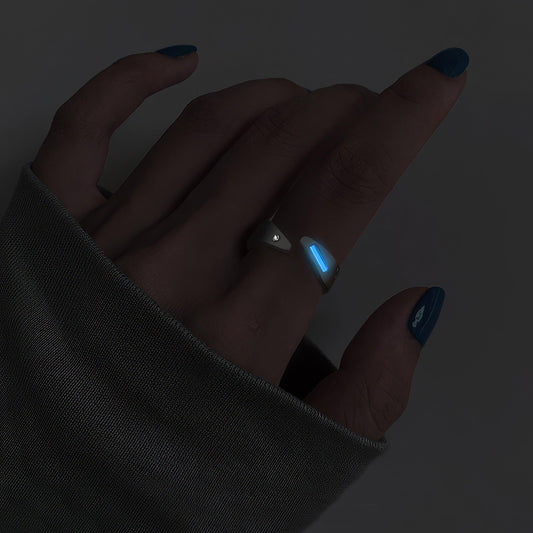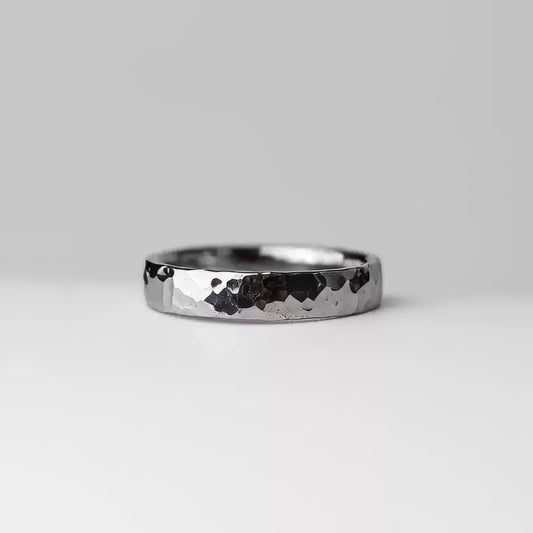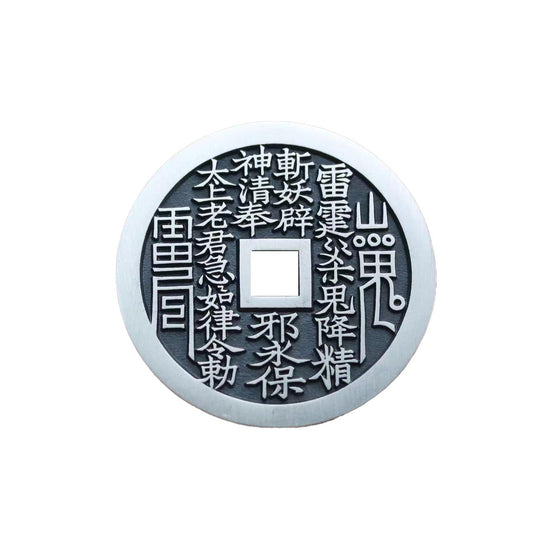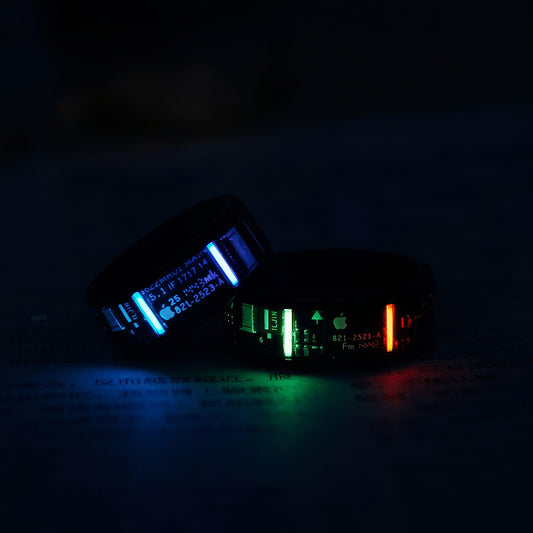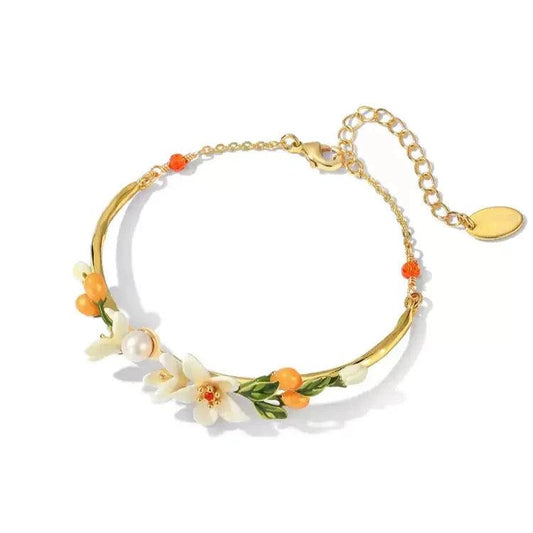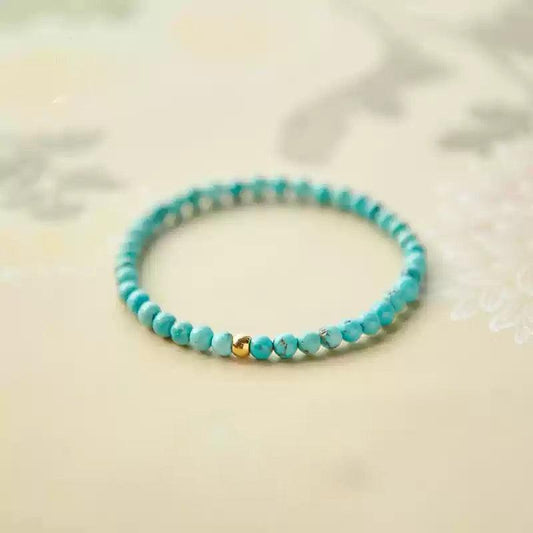Fashion Chain Weaving Styles Cultures and Memories
Fashion Chain Weaving Styles Cultures and Memories
Picture this: you’re rummaging through your closet on a crisp autumn morning, searching for the perfect layers to combat the chill. Your fingers graze something soft, textured, and decidedly familiar. It’s the chunky knit sweater you picked up last winter, which quickly became a staple—partly for its practical warmth, but more so for the memories it holds of that enchanting trip to the highlands. Fashion, after all, isn’t just about clothes. It’s about the stories they tell and the journeys they accompany us on.
In today's ever-evolving fashion landscape, fashion chains stand as a fascinating weave of style, culture, and pragmatism. These chains, from their inception, have played integral roles in how we perceive and indulge in fashion. One might argue that they democratize trends, bringing runway fantasies onto everyday streets. But beyond simply clothing us, these chains mirror shifting cultural tides and consumer behaviors.
Take the fabric choices that are gaining popularity among these chains, for example. Where synthetic fibers once reigned supreme, there’s a visible shift towards natural materials. It’s a nod towards sustainability without the fanfare, a silent acknowledgment that fashion doesn’t have to cost the planet dearly. Organic cotton and eco-friendly dyes are gradually replacing polyester blends, and the tactile pleasure of slipping into breathable, responsibly sourced fabrics is winning hearts. Can you imagine, for a moment, a future where your wardrobe staples couple with environmental consciousness as a given, rather than an exception?
Yet, there's more to fashion chains than just fabrics. They are cultural barometers, reflecting shifts in our society. The most successful fashion chains have embraced body positivity, producing clothing lines that cater to a diverse range of body shapes and sizes. Remember the time when shopping for jeans was a miserable endeavor, squeezing into uninspired designs that didn’t quite fit right? It’s a small relief now, to find a size that feels just right, almost as if it was tailor-made. This inclusivity is becoming less a novelty and more a standard. Perhaps, it’s a small victory against an industry once mired with unattainable ideals.
And then there's the personal element. Anecdotes about fashion are as varied as the individuals who wear them. I recall stepping into a boutique in downtown Portland last year, drawn by a quaint plaid scarf displayed in the window. The scarf wasn't just about warmth; it was a harmonious blend of memories—it reminded me of family road trips, fog-laden mornings, and steaming mugs of cocoa. And isn’t it these narratives that make fashion truly fascinating? The stories behind each stitch and seam elevate a simple scarf into a tapestry of nostalgia and personal history.
In the Western world, where fashion is as much a statement as it is a necessity, fashion chains have become cultural repositories. They encapsulate experiences, facilitate personal expression, and provide a canvas for the myriad identities that we craft throughout our lives. There’s something undeniably comforting about knowing that the next time you stroll through a store or browse online, you’re not just buying a piece of clothing. You’re weaving another complex, vivid thread into the fabric of your life. And in the grand tapestry of fashion, every thread counts.
